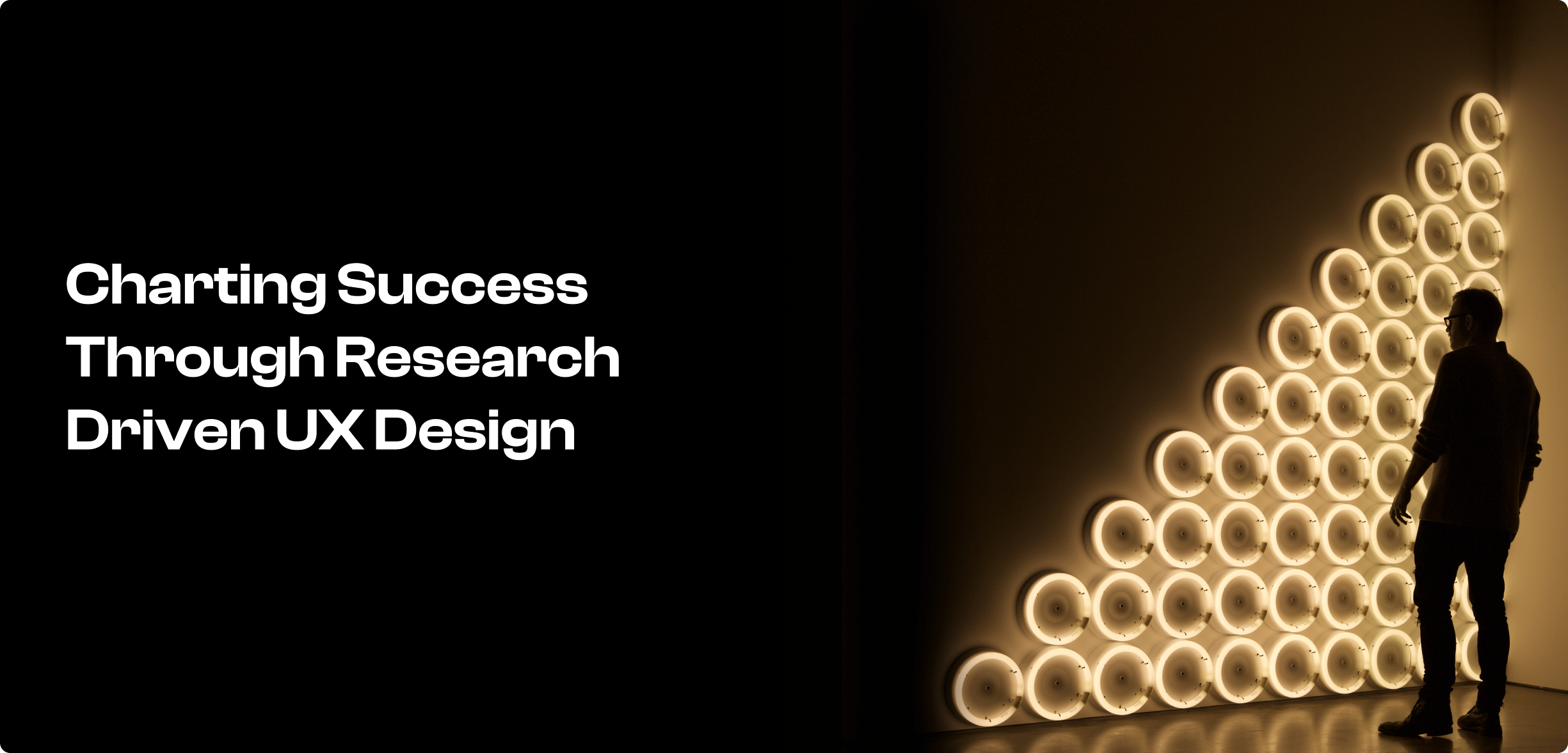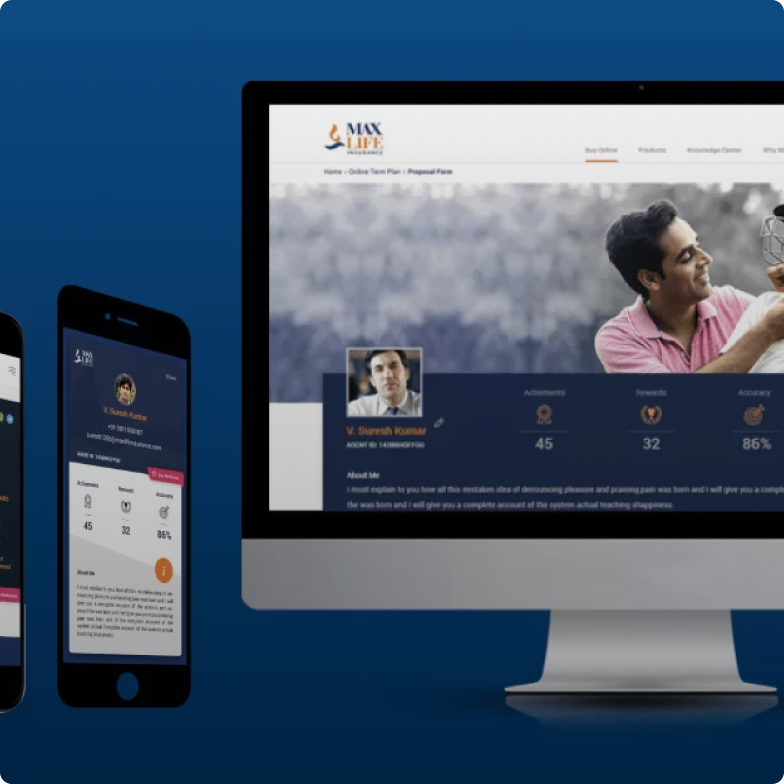
In B2B UX design, there’s one question that designers constantly grapple with: How do you create a user experience that goes beyond just functioning, one that’s razor-sharp, intelligent, and thoroughly engaging?
The answer, it turns out, is research. Imagine research as the high-powered telescope that lets you see into the farthest corners of your user’s psychology.
The Research-Design Symbiosis
Research isn’t just about numbers and statistics; it’s about understanding the intricacies of your users’ world. Imagine you’re tasked with redesigning a procurement management tool for a global manufacturing giant. What’s your first step? Research.
Dive deep into the procurement process, gather insights from procurement professionals, and study industry trends. These insights become the building blocks of an intuitive and efficient user interface.
In the realm of B2B UX design, research isn’t just a checkbox on the to-do list; it’s the compass that ensures you’re headed in the right direction. Whether you’re redesigning an enterprise-level CRM system or creating a collaborative workspace for global teams, research is the key to unlocking user experiences that resonate. It’s the bridge between the designer’s vision and the user’s reality.
The Impact of Research in B2B UX Design
B2B design is complex, and research is the lighthouse guiding your way. To know just what role research plays here are a few touchpoints:
Understanding Complexity: Research equips designers with a deep understanding of B2B complexities, ensuring seamless alignment with businesses’ interconnected workflows.
Tailored Excellence: Research leads to tailor-made solutions that address the unique challenges and needs of B2B users. It’s the difference between a generic tool and a vital solution.
Problem Solver: Research identifies common issues within industries and guides designers in crafting solutions that go beyond functionality to tackle real-world problems.
Integration Prowess: Research ensures seamless integration with existing systems, reducing friction and enhancing user experiences.
Clear Communication: B2B comes with complex jargon and workflows. Research helps designers speak the user’s language, bridging the communication gap.
Building Trust: B2B involves substantial investments. Demonstrating an in-depth understanding of the industry builds trust and confidence in your offering.
Continuous Adaptation: Research-driven design is an ongoing journey, keeping your product relevant in the ever-changing B2B landscape.
yuj leads A Multi-Tenant Triumph Through Precision Research
A B2B giant was grappling with the complexities of multi-tenant management. Existing workflows were a maze, leaving users frustrated and productivity hampered. Registration, licensing, and renewals were inconsistent across various products. Real-time threat investigation tools and contextual guidance were absent, increasing reliance on customer support and hefty training costs for new users. Until yuj stepped in.
The Solution:
We embarked on a transformative journey with a primary focus on enhancing the efficacy of internet security appliances and services. The project’s main objective was to streamline the registration, licensing, and renewal processes, while also providing a comprehensive view of threat activities in real-time. Our research-oriented and data-driven approach involved close collaboration with stakeholders and users to identify and rectify the gaps in the existing product.
We redefined the platform with utmost precision. Through a research-driven approach, we collaborated closely with stakeholders and end-users. The result was a seamlessly integrated, end-to-end platform. The outcome?
Product efficacy soared by a remarkable 60%.
The Impact of Research-Based B2B UX Design
What makes this case study truly shine? Our design solution revolved around contextual awareness, security and simplicity. We unified all security offerings into a centralized platform, simplifying day-to-day operations and enhancing oversight and governance of the cybersecurity ecosystem. We introduced a guided approach, taking users through a goal-driven journey to complete tasks efficiently, and incorporated visual cues to draw attention to critical information.
Additionally, our designs offered contextual awareness, providing users with insightful data to understand risks and their underlying causes, enabling quicker and more informed decision-making. This holistic approach resulted in a seamlessly integrated experience that improved agility, clarity, and precision.
In the end, we successfully achieved a 4.2/5 experience rating by users, along with a 40% shift from classic modes to new workflows, 30% reduction in dependency on customer support, 80% reduction in training costs, and 30% boost in productivity for security admins.
Intrigued by the precision-boosting power of research in B2B UX design? Ready to enhance your own UX projects with research-driven strategies? Let’s chart a course to exceptional user experiences together.
Contact us today and discover how a research-based approach can transform your B2B UX design. Your journey to precision starts here.






